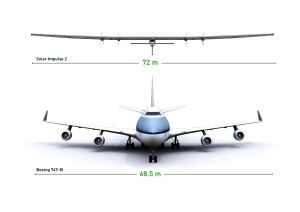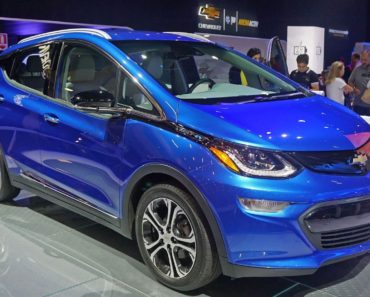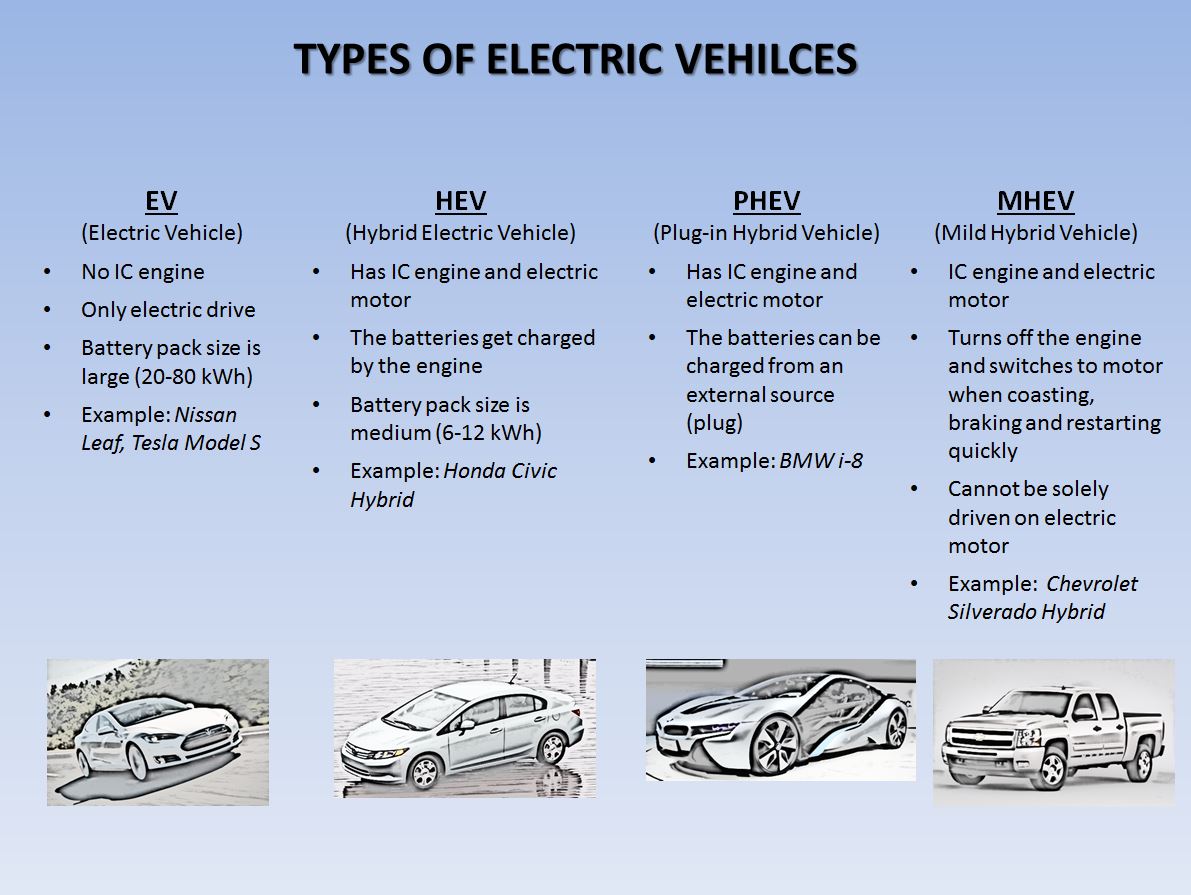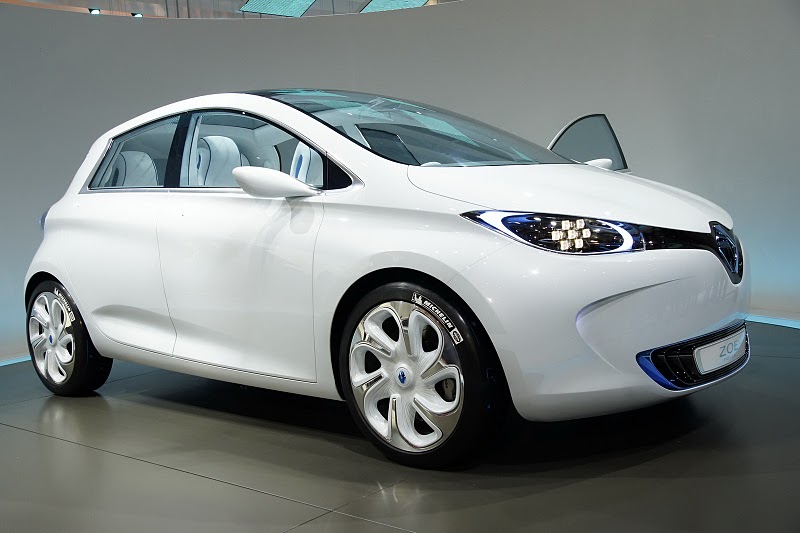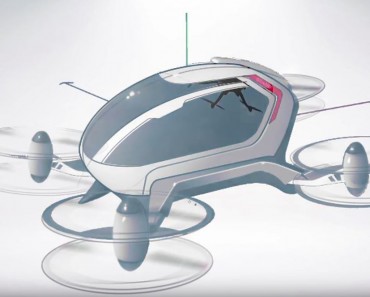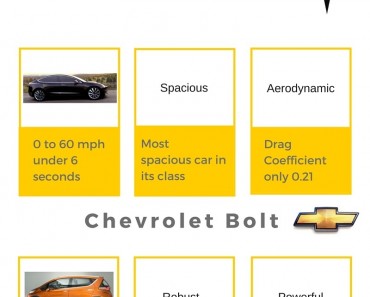Solar Impulse 2, the second aircraft by the Solar impulse project is currently circumnavigating the globe. The official name of the aircraft is HB SIB, while that of its predecessor was HB SIA. In this article they will be referred as Solar Impulse 1 & 2 respectively. Data has been collected for both the aircrafts for analysis. Although there are plans for a third aircraft but not much is known other than the fact that it will be able to maintain a continuous flight unmanned for six months similar to NASA’s pathfinder and Helios projects.
The data that was gathered from Solar Impulse 1 gave invaluable insight for improving the design. Solar Impulse 2 was specifically designed to traverse longer distance with a higher payload capacity. As a result, compared to its predecessor, the wingspan is almost 9 meters longer. There are more solar cells (almost 50% extra), this time even covering fuselage, which has also been widened. The power plant remained the same, i.e. four brushless 7.5 KW motors. The propeller size was increased and more importantly the battery pack was almost doubled in capacity. This has also increased the weight of the aircraft by an almost extra 700kg.
The specs for both aircraft are compared below:
Solar Impulse 1 Vs Solar Impulse 2
| Name | HB SIA | HB SIB |
| Solar Impulse 1 | Solar Impulse 2 | |
| Wing Span | 63.4 m | 71.9 m |
| Motor Power | 4 x7.5 kW | 4 x7.5 kW |
| Propeller Diameter | 3.5 m | 4.0 m |
| Solar Cells | 11,628 | 17,248 |
| Solar Cell Area | 200 m2 | 270 m2 |
| Peak Power | 45 kW | 66 kW |
| Battery Pack | 4 x 21 kWh | 4 x 41 kWh |
| Wieght Battery Pack | 450 kg | 633 kg |
| Take-Off Speed | 19 Knts | 20 Knts |
| Loaded Wieght | 1600 kg | 2300 kg |
| Max Take -Off Wieght | 2000 kg | |
| Max Speed | 68 Knots | 77 Knots |
| Cruise Speed | 38 Knots | 49 knots |
| Service Ceiling | 85000 m | 85000 m |
| Max Altitude | 12000 m | 12000 m |
| First Flight | 26/06/2009 | 02/06/2014 |
Data can be accessed to solarimpulse.com website
As Bertrand Piccard explains, “Solar Impulse 2 is made from the technologies of tomorrow. For example the layers of the carbon fibre used on the body weighs only 24 grams per square meter whereas as your normal A4 printer paper weighs 80 grams per square meter”
The motors on the outer section of the wing in Solar Impulse 1 have moved slightly inwards (near fuselage). The distance between the motors has been reduced thereby decreasing the moment of inertia of the plane.
With such a large wingspan and relatively smaller mass, both aircrafts have a large turning radius and in terms of agility are a bit irresponsive. In comparison with Boeing 747, which has similar wing span, Solar Impulse 2 has a lot less thrust power and therefore manoeuver-ability is limited.
The planes are sensitive to turbulence. A flying technique employed by pilots is to ride on the jet stream (The narrow current of air at circle our planet). This reduces the flight time, similar to reduction in travel time for someone walking on a conveyor belt. However to enter the jet stream, the aircraft must be able to withstand turbulence.
In future designs, perhaps the wing length can be reduced by using delta wing shapes and mass can be concentrated more towards fuselage. This will increase the air-crafts responsiveness, reduce moment of inertia and improve agility. The third generation aircraft could employ Lithium Sulphur battery along side Thin-film or Perovskite cells. Note that Lithium Sulphur Battery has already been used in an unmanned electric plane Zephyr-6. Thin Film and Perovskite cells are rapidly catching up with efficiencies comparable to mono-crystalline silicon. Thin-Film cells in particular perform very well in dim light and a lighter weight.
The important thing is Solar Impulse 2 has shown that pure electric air transport is a possibility. With battery technology advancing rapidly, we have already witness the rise in quad copter drones. AIRBUS E-Fan twin seater airplane is another example of electric propulsion.
Further Reading
Drones: The Future and the Challenges

